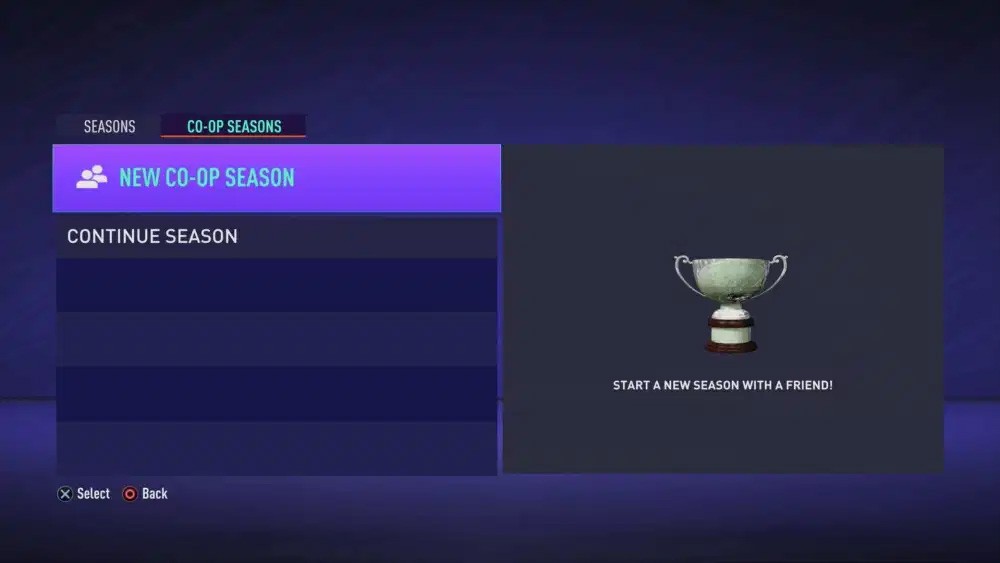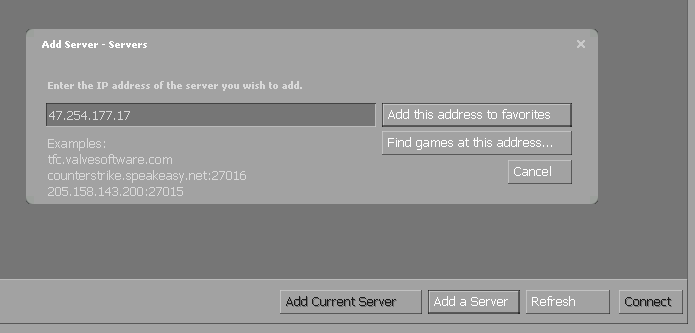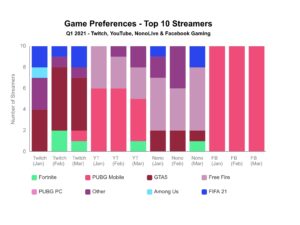.fusion-breadcrumbs.fusion-breadcrumbs-1{font-size:10px;}.fusion-breadcrumbs.fusion-breadcrumbs-1 span a:hover{color:#333333 !important;}.fusion-breadcrumbs.fusion-breadcrumbs-1{color:#7458f0;}.fusion-breadcrumbs.fusion-breadcrumbs-1 a{color:#7458f0;}
What is structured multiplayer? Before going into how it impacts your esports campaigns we should first define it. This will help us identify examples in current esports games and the types of games that use it. It will also enable us to begin listing the ways it impacts the thinking around an esports campaign.
Structured multiplayer is the ability for players to create their own private scenario or environment through the creation of private rooms, lobbies, servers or sessions.
Although this sounds complex we can break it down into several different aspects. A private scenario or environment is like it sounds – an environment that is password-protected or only accessible if you know the exact details. In the current world we can use a zoom private meeting as an example. There will be a specific URL for the meeting and potentially a unique passcode/password to enter.
Some games provide a similar experience. Players can create password-protected environments only accessible to those with the details.
@media only screen and (max-width:1024px) {.fusion-title.fusion-title-1{margin-top:0px!important;margin-bottom:31px!important;}}
Private rooms, lobbies, servers or sessions?
These are the mechanics used to create the password-protected environments. Private rooms and lobbies are unique areas inside the multiplayer configuration of the game. A bit like having your own private table at a restaurant that has been reserved for you. Other people may be able to see it, but they can’t access it without the correct permissions.
A server works differently. These are things connected to the game where players can directly jump into the private server environment. A great example of this comes from Counter-strike. Teams would pay to rent a private server. They would add a unique name, configuration and password for the server. When the team played a match they would share the details of the server with their opponents. The opponents would be able to directly connect to the server without having to load the game first, or search for the details.
Sessions are the third way of creating a unique or restricted environment. For this example we can use the FIFA game. FIFA enables players to “invite” people from their friends list into a match. This creates a unique session between the two players. The rules of the match can be configured just for that session and changed for the next match (session).
The majority of titles that have succeeded in building a competitive community have at least 1 of these methods of structured multiplayer.
@media only screen and (max-width:1024px) {.fusion-title.fusion-title-2{margin-top:0px!important;margin-bottom:31px!important;}}
What does structured multiplayer mean for your esports campaign?
There are 3 main ways structured multiplayer impacts your esports campaign and we will guide you through them now.
1. Operational Resources
Games with structured multiplayer that use sessions or private servers often require fewer operational resources. In FIFA where players can invite each other to a match and create a session there is no requirement for involvement from an admin team. A game like CS:GO where teams will have private servers enables matches to be played without an admin team needing to configure a server for each match.

Of course, there are scenarios where you want a set of dedicated servers for matches with an admin team. Examples include a requirement for broadcast of the matches or to ensure consistency between playing environment for participating teams/players.
2. Ability to Broadcast
Games that use sessions for structured multiplayer are often more difficult to broadcast. Because each session is created as a “moment in time” environment there can be difficulty in connecting to, and switching, between sessions from different players. FIFA is an example of this and splits into two types. For online play one of the players would need to broadcast themselves playing as there is no spectator mode in the game. For offline play at physical event a broadcast team can directly connect to the console with additional hardware/devices to capture the footage.
Overall this makes the process of broadcast more complex when compared with games which have rooms, lobbies or private servers.
3. Campaign Format
As mentioned at the start of this article structured multiplayer is about creating a private scenario or environment. For campaigns focused on getting as many people participating as possible, or identifying a champion, there is a requirement for structured multiplayer. Games that only support players randomly jumping into a game environment doesn’t enable participation or progress to be logged easily. Traditional game modes in Fortnite and PUBG Mobile enable players and squads to randomly connect to a playing environment with up to 100 players teams. This is an example of non-structured multiplayer and makes it difficult to track who is participating and their progress. PUBG Mobile also has the option to create private rooms which can be used for collecting the desired 100 players together to record participation and progress.
When defining your campaign you should consider these 3 aspects. Each one has the potential to impact your campaign and your objectives. For example, a campaign objective of participation and broadcast may avoid FIFA because of the limitations around broadcast.
For more help in understanding which games are the most suitable for your campaign contact our team of experts.



